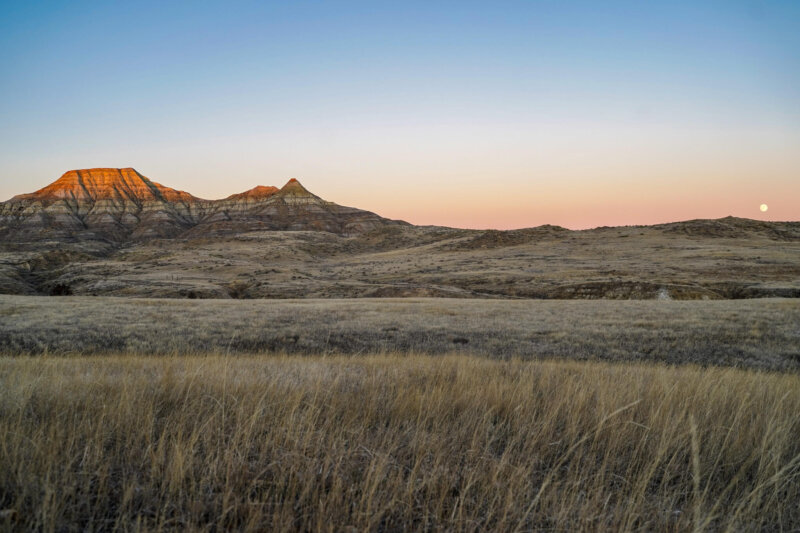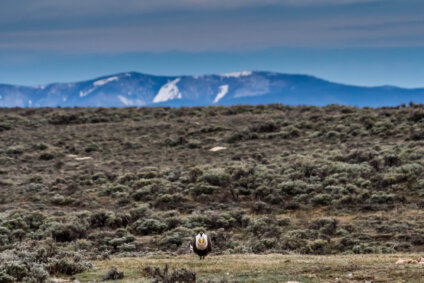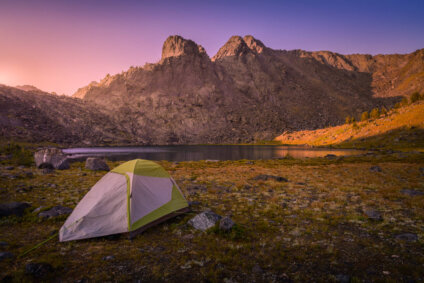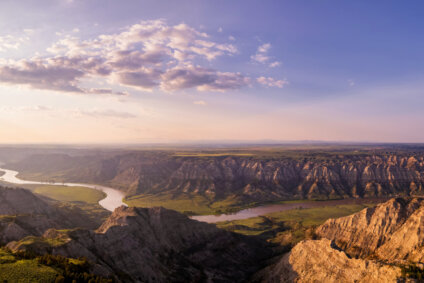New Report Spotlights Oil and Gas Leasing Pause
Analysis shows companies have stockpiled enough leases to last decades

When President Biden ordered a pause on oil and gas leasing upon taking office, the industry reacted as though the sky was falling, making outrageous claims that the pause was going to tank Montana’s economy and those of other western states.
A new report by the Conservation Economics Institute shows those claims for what they are: bogus.
The study, “Economic Effects of Pausing Oil and Gas Leasing on Federal Lands,” looks at the United States and five Intermountain West states that contribute by far the most to federal onshore production of oil and gas: Colorado, New Mexico, Utah, Wyoming, and Montana.
The Natural Resources Defense Council commissioned the report, in partnership with Wild Montana and seven other groups. The analysis was conducted prior to a recent federal court’s decision to reinstate leasing.
In general, this report illuminates the absurdity of our federal oil and gas leasing system and underscores how much Montana stands to gain economically if we stop prioritizing leasing over conservation and outdoor recreation in public land management.
Companies are sitting on a mountain of leases in Montana as it is, enough to keep them drilling for at least the next 36 years. Those leases cover nearly a million acres in Montana, which means those acres can’t be managed for conservation or outdoor recreation and therefore stand in the way of expanding our outdoor recreation economy. Obviously, the industry does not have a compelling need for new leases, other than to continue adding to their stockpile of public lands.
Communities that rely on oil and gas are stagnating as a result, and folks and jobs are leaving. Meanwhile, communities near protected public lands and lots of outdoor recreation opportunities are thriving. It’s clear: we have to bring our leasing system out of the 20th century so all of Montana has a chance to prosper.
Nationally, the report finds:
- Federal onshore production is a small sliver of overall production, representing about 6% of total domestic oil production, and 8% for gas.
- Demand for federal oil and gas leasing is on the decline.
- There is no meaningful link between acres of federal leasing and employment in the oil and gas sector.
- Pausing leasing does not limit existing drilling or production on federal lands. Most of the existing federal lands leased (14 million of 26 million acres) are non-producing.
- Industry already holds 75 years of future drilling potential in existing federal onshore leases.
- Remaining unleased public lands are less desirable for oil and gas development
- Stockpiling leases does not create jobs for our communities because jobs only come with production.
- The industry has already left behind 2.3 million unplugged abandoned wells, spewing methane, benzene, and other pollutants into our land, air, and water. A federal program to clean up these wells could create between 55,000 and 85,000 direct, high-paying jobs for at least ten years.
You can read the report here.
And if you want to stay up to date on our effort to reform the federal oil and gas leasing system, subscribe to our monthly newsletter below.
Subscribe to the “Love It or Lease It” Newsletter
"(Required)" indicates required fields
Stay Connected
"(Required)" indicates required fields


